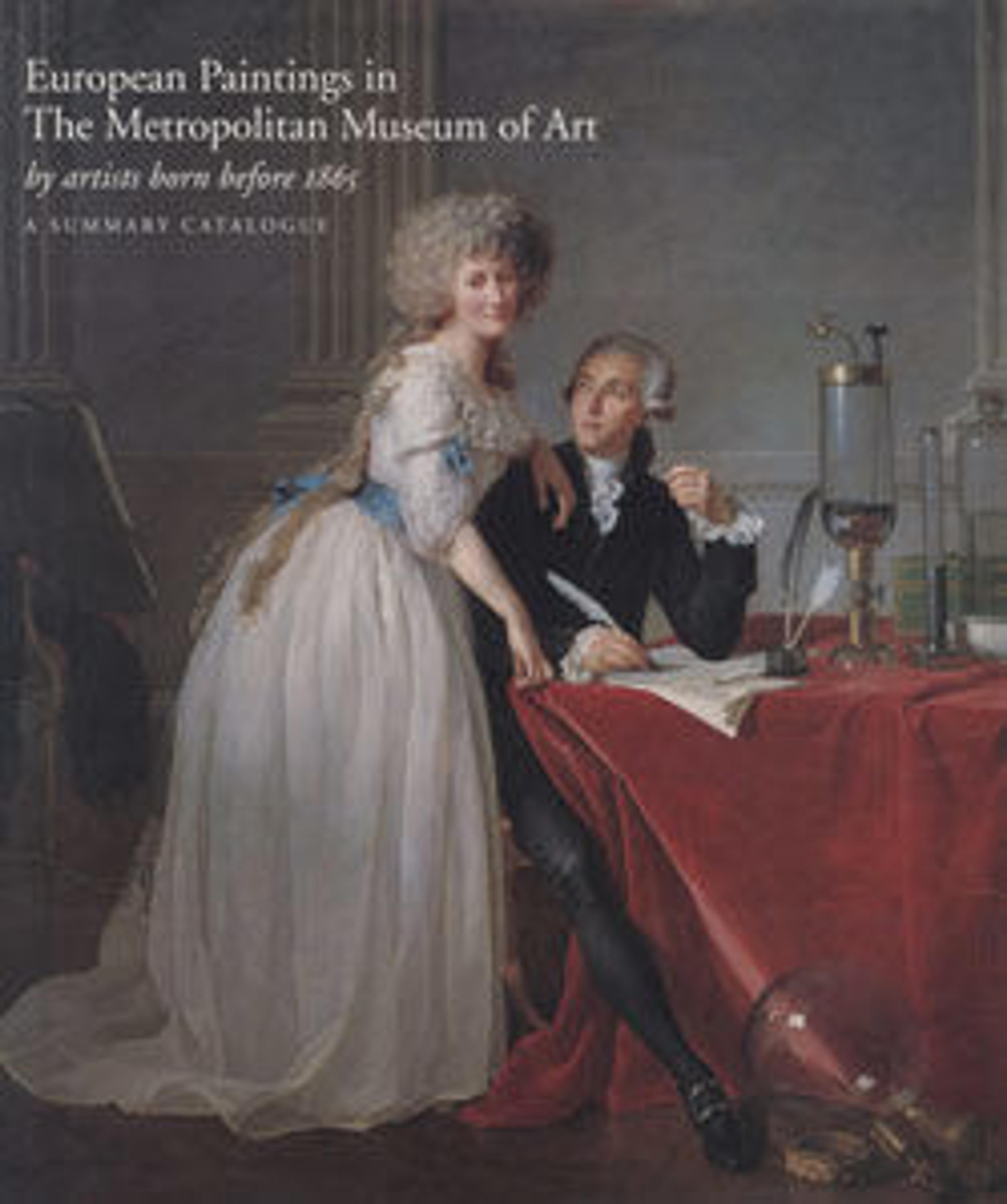The Martyrdom of Saint Adrian; The Martyrdom of Two Saints, Possibly Ache and Acheul
In the left panel Saint Adrian, an officer in the Roman army who converted to Christianity, is martyred as Emperor Maximilian and Adrian's fellow officers look on. The panel on the right probably depicts the martyrdom of the brothers Ache and Acheul, who, according to their legend, were martyred at Amiens with wooden swords for refusing to sacrifice to the gods. These pictures were part of an altarpiece from the Augustinian abbey of Eaucourt, Arras, where Ache and Acheul were particularly venerated. They reflect the style of Simon Marmion, the leading painter of northern France in the second half of the fifteenth century, and that of the Netherlander Dieric Bouts.
On the basis of the costumes, they can be dated about 1480. There are serious paint losses in both pictures.
On the basis of the costumes, they can be dated about 1480. There are serious paint losses in both pictures.
Artwork Details
- Title:The Martyrdom of Saint Adrian; The Martyrdom of Two Saints, Possibly Ache and Acheul
- Artist:Northern French Painter (ca. 1480)
- Medium:Oil on canvas, transferred from wood
- Dimensions:Each, including added strips, 22 7/8 x 11 in. (58.1 x 27.9 cm)
- Classification:Paintings
- Credit Line:The Bequest of Michael Dreicer, 1921
- Object Number:22.60.56–57
- Curatorial Department: European Paintings
More Artwork
Research Resources
The Met provides unparalleled resources for research and welcomes an international community of students and scholars. The Met's Open Access API is where creators and researchers can connect to the The Met collection. Open Access data and public domain images are available for unrestricted commercial and noncommercial use without permission or fee.
To request images under copyright and other restrictions, please use this Image Request form.
Feedback
We continue to research and examine historical and cultural context for objects in The Met collection. If you have comments or questions about this object record, please contact us using the form below. The Museum looks forward to receiving your comments.
